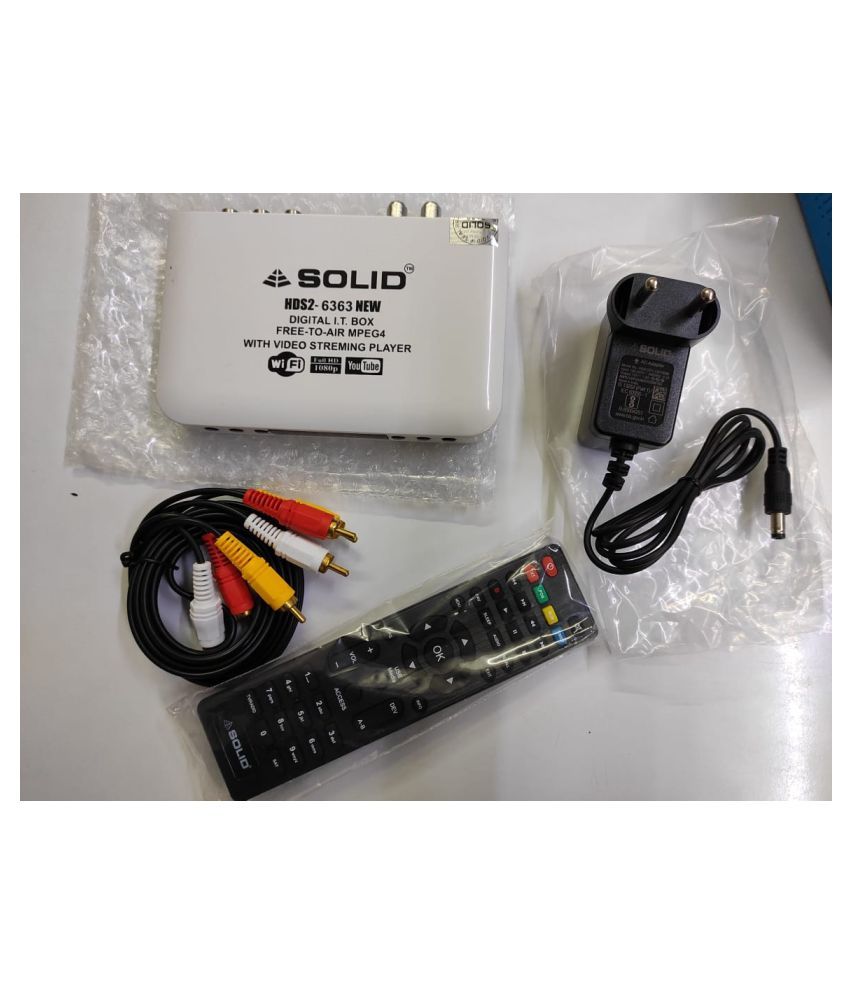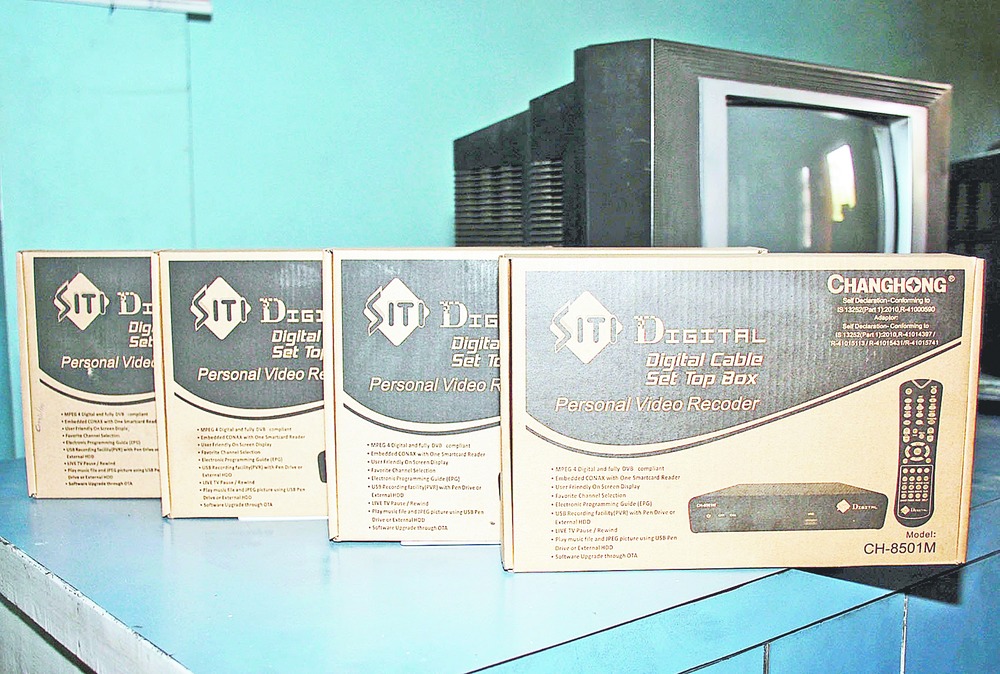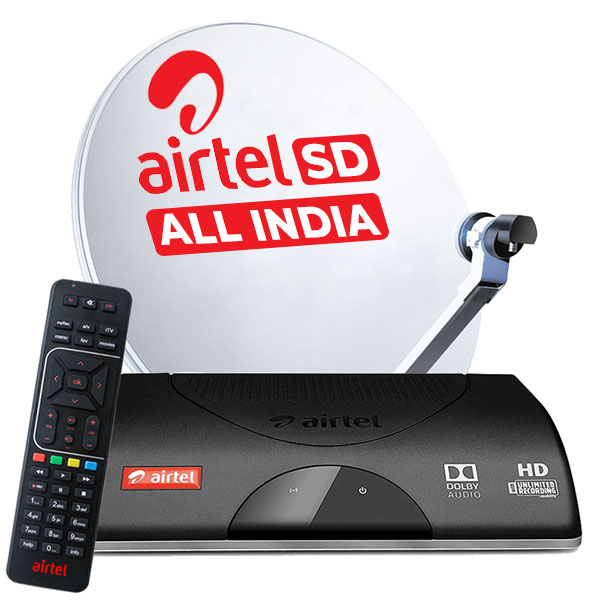

You are using an active antenna but did not switch on the antenna power.

It has a built-in amplifier or powered signal booster and requires a power source. Instead, try using an active antenna, which is recommended because it improves TV reception. To connect your non-digital-ready TV, please watch this tutorial video. In this case, you will need to connect both a set-top box and an active indoor antenna to your TV. For directional antenna, position the antenna facing the appropriate window opening, away from an area where the signal may be blocked. If you are unable to get good reception, try positioning the antenna horizontally. In most cases, positioning the antenna vertically should yield better reception.


You may consider getting one of the following active indoor antenna which are available at major electronics stores: The reception capabilities of TV antenna vary considerably, so do consult the retail staff or refer to the user manual for more details. It only needs to be plugged into your digital set-top box or IDTV. A passive antenna does not require a power source. Modern antennae now come in compact forms such as a bar, frame or rod from various brands.Īn active antenna is recommended over a passive antenna because the former improves TV reception. The UHF antenna can be either Active or Passive. You need an ultra-high frequency (UHF) antenna to receive the DVB-T2 signals which are broadcast in the UHF channels.


 0 kommentar(er)
0 kommentar(er)
